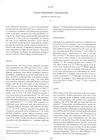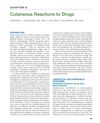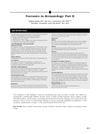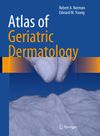Cocaine-Related Bullous Disease
March 1985
in “
Journal of The American Academy of Dermatology
”
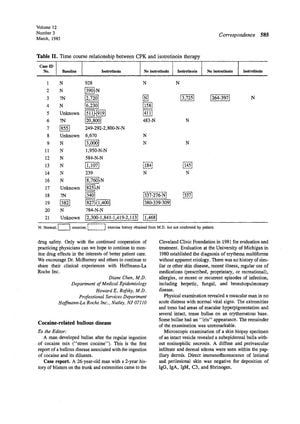
TLDR Cocaine use can cause a blistering skin disease.
In 1985, a case report was published describing a 26-year-old man who developed bullous erythema multiforme, a type of skin disease characterized by the formation of blisters, after regular ingestion of cocaine mix, commonly known as "street cocaine." This was the first report of a bullous disease associated with cocaine and its diluents. The patient was in good health otherwise, with no known illnesses, allergies, or drug sensitivities, and a positive toxicology screen for cocaine supported the association between his cocaine use and the blistering skin condition. The report emphasized that physicians should be aware of this potential reaction and inquire about the use of all types of medications or drugs when taking a patient's drug or allergy history. Additionally, the document briefly mentions an ongoing study at the Cleveland Clinic Foundation on the effects of topical minoxidil, a treatment for alopecia, which revealed a significant decrease in blood pressure in some nonhypertensive patients.

